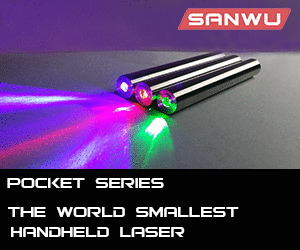I can't suffer the loss of much extra resistance in line with the diode due to wanting to use a 2 volt lead acid battery. Since the diode needs at least two volts for full output, even a tenth of a volt drop reduces the current quite a bit. I can build my own inductors, even have a digital inductance meter, just wanted to get an idea of how it is normally done so as not to reinvent the wheel, finding something already designed. If I need to home brew or make my own, I have a full test bench of equipment, just need to get an idea of the voltage or current over time to best use for soft starts with these diodes.
If I can't get enough current due to line losses in the soft start , I will have to abandon the idea of a direct drive soft start fused diode. I have a 5 amp CC driver, but to use it, I need at least 3.3 volts and then there goes my single cell 2.0 VDC lead acid battery idea. I suppose a boost drive could be used with two of them in series and suffer the losses from the regulator, but at this current, I haven't found one yet that is the right size.
Why do this? I have this really nice little Gates cylindrical starved electrolyte lead acid battery which would fit oh so nicely in a pointer tube to keep the unit relatively small, although heavy. Reducing the losses of a regulator also increases battery life, if I can keep from killing the diode from thermal runaway.



